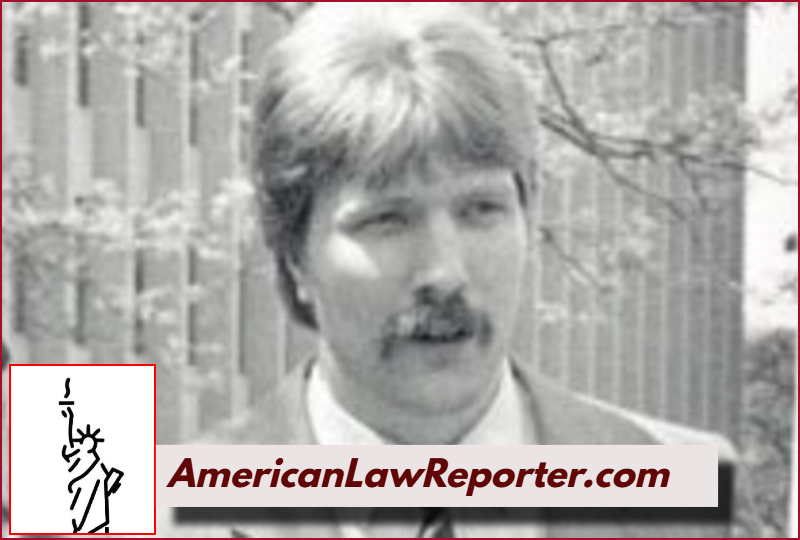In one of the most extraordinary legal defenses in modern criminal history, the case of Regina v. Kenneth James Parks challenged the limits of criminal liability and consciousness.
Often referred to as the “Sleepwalking Defense,” the 1987 Canadian murder trial tested how courts interpret voluntary and involuntary actions—and whether a person can be held criminally responsible for acts committed while unconscious.
The Crime That Shocked a Nation
On the early morning of May 24, 1987, Kenneth Parks, a 23-year-old Toronto man with no prior criminal record, drove 14 miles to the home of his in-laws.
Once there, he used a tire iron to bludgeon his mother-in-law, Barbara Ann Woods, to death and severely injured his father-in-law. Parks then drove himself to a police station, walked in covered in blood, and said: “I think I’ve killed some people.”
Yet when the case went to trial, Parks claimed he had no memory of the attack. His defense? He had been sleepwalking.
A Legal First: Automatism As a Defense

Parks’s legal team argued that he suffered from a disorder known as non-insane automatism—a state in which a person acts unconsciously and without volition.
The defense relied heavily on expert testimony from neurologists, psychologists, and sleep specialists who confirmed that Parks had a history of parasomnia, including sleepwalking and night terrors.
Medical evidence showed that he was under severe stress at the time, including financial difficulties and a gambling addiction.
The defense argued that Parks’s violent episode occurred during an episode of somnambulism (sleepwalking) and that he was not conscious of his actions, nor capable of forming the requisite criminal intent (mens rea) necessary for a conviction of murder.
The Court’s Reasoning
In a trial that captivated Canada and the broader legal world, the jury acquitted Kenneth Parks of both murder and attempted murder.
The verdict rested on the concept that Parks’s actions were involuntary, and thus he could not be held criminally responsible under the law. The court determined that Parks suffered from a psychological state known as automatism, which, though non-insane in legal terms, rendered him incapable of controlling his behavior or understanding the nature and quality of his acts.
The trial judge had ruled that there was sufficient evidence to allow the jury to consider the automatism defense, distinguishing it from mental disorder automatism (which would have required Parks to be institutionalized if convicted).
Supreme Court Upholds Acquittal
In 1992, the case reached the Supreme Court of Canada in R. v. Parks, [1992] 2 S.C.R. 871. The high court unanimously upheld Parks’s acquittal, agreeing that sleepwalking could constitute non-insane automatism and that the trial judge had correctly instructed the jury on the legal framework.
Writing for the majority, Justice La Forest noted:
“There was no evidence of a disease of the mind…The medical evidence indicated that the accused was sleepwalking at the time of the offense, that sleepwalking is not considered a neurological, psychiatric, or other illness, and that the accused was not suffering from any condition that would be classified as a disease of the mind.”
Legal and Ethical Debate
The ruling sparked intense debate across legal, medical, and philosophical communities. Critics questioned whether someone could commit such a violent act without any conscious intent, while others warned of a slippery slope: could the automatism defense become a loophole for avoiding criminal responsibility?
Proponents, however, pointed to the rigorous scientific analysis and the rarity of such cases. The Parks case remains one of the few instances in which sleepwalking has been successfully used as a full defense to murder.
Legacy and Influence on Legal Doctrine
The Kenneth Parks case remains a landmark decision in Canadian law and is frequently studied in law schools across North America. It helped shape legal discourse on the automatism defense and reinforced the principle that criminal culpability requires a guilty mind in addition to a guilty act.
The case also contributed to public awareness of sleep disorders and highlighted the complexity of the human brain’s functioning during sleep. Since then, courts have remained cautious when accepting automatism defenses, often requiring extensive medical evidence and expert testimony.
Conclusion
More than three decades later, the Kenneth Parks case remains a striking example of how law and science intersect in the courtroom.
It forces legal systems to grapple with fundamental questions: What does it mean to act? Can a person commit a crime without consciousness? And where should society draw the line between compassion and accountability?

